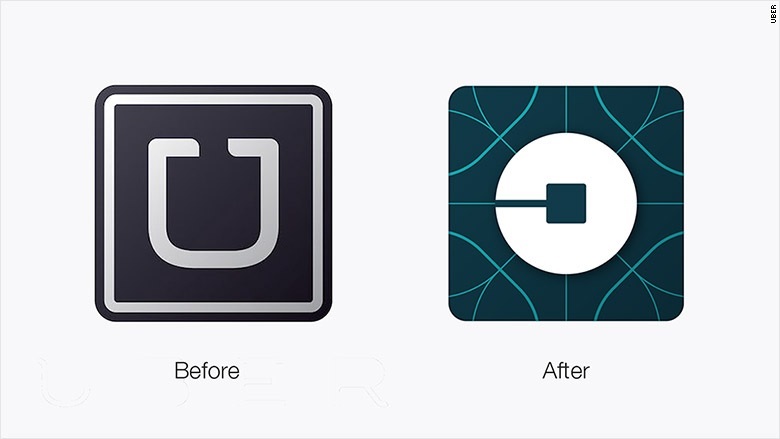Three Lessons Uber’s Brand Refresh Taught Us About Logo Design

Multinational ride hail company Uber recently revealed its new logo, and people have been talking about it ever since. In the midst of the criticism and questions, we should all take some note. There are clear lessons to heed from this transportation mogul when it comes to logo creation.
Do Your Research.
While there will always be some push back to change, it’s important for organizations to make good with due diligence. Conduct market research to familiarize yourself with the designs of existing logos. Get feedback from key stakeholders. Solicit feedback from customers, employees and even a Board of Directors. Organize focus groups of community and industry leaders. All of these people have important perspective on what the logo should represent, how it should look and whether the timing for this type of change is right.
Make It Functional.
From letter marks and color palates to typography and spacing, logos are truly a sum of many parts. To get the most miles out of your logo, it’s important to consider the functionality of the design. Does your logo need to be seen from afar? Will it be used on t-shirts or print advertisements? Is it important for people to recognize it? What feelings and thoughts should the logo evoke? Answers to these questions will shed light on what visual characteristics are most important for your logo. They influence size and layout. They influence color schemes, fonts and icons. Most importantly, they ensure that your final logo does exactly what you need it to do. Word for the wise: don’t overcomplicate it.
Consider the Future.
As the old adage goes, a picture is worth a thousand words. When it comes to creating a logo, the design should tell a story. It should embody your core values, mission statement and organizational culture. It should also communicate where your company is headed. For Uber, they want to be the future of logistics and have incorporated this vision into their new logo by considering the evolution of their audiences and their ever-expanding services and technology. Dare to start with the end in mind: consider what elements your logo needs to tell the right story to the right people.
When the time comes for a new logo, keep these lessons in mind. Not only will they help you avoid publicity pitfalls, they’ll also ensure that your investment is as practical as it is inspired.
Written by Maggie Hodges, Marketing Strategist
Back